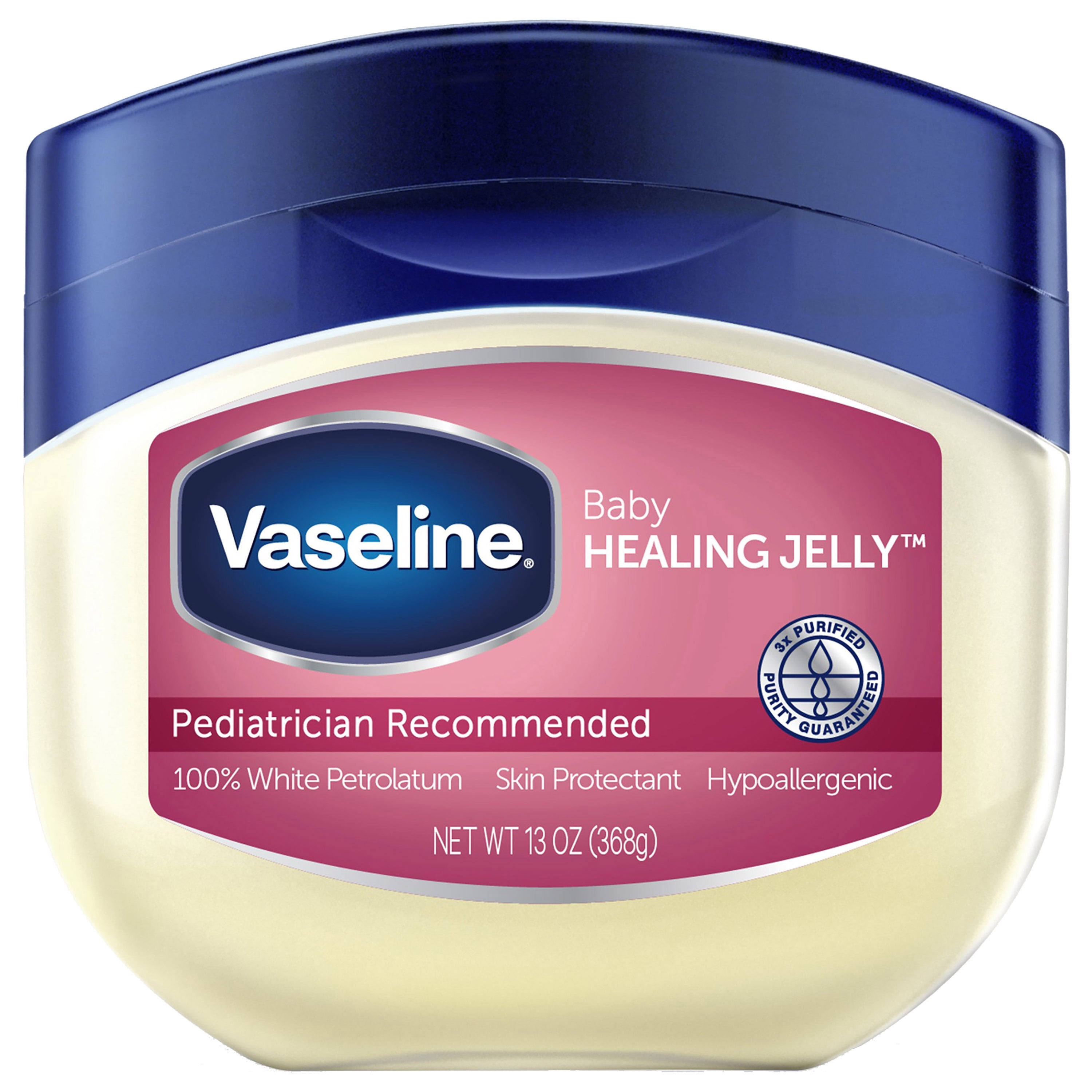
It is a semi-solid, in that it holds its shape indefinitely like a solid, but it can be forced to take the shape of its container without breaking apart, like a liquid, though it does not flow on its own.ĭepending on the specific application of petroleum jelly, it may be USP, B.P., or Ph. It acts as a plasticizer on polypropylene (PP), but is compatible with most other plastics. Petroleum jelly is slightly soluble in alcohol. It is soluble in dichloromethane, chloroform, benzene, diethyl ether, carbon disulfide and turpentine. It does not oxidize on exposure to the air and is not readily acted on by chemical reagents. It is colorless (or of a pale yellow color when not highly distilled), translucent, and devoid of taste and smell when pure. It is flammable only when heated to liquid then the fumes will light, not the liquid itself, so a wick material is needed to ignite petroleum jelly. The melting point is typically between 40 and 70 ☌ (105 and 160 ☏). Petroleum jelly is a mixture of hydrocarbons, with a melting point that depends on the exact proportions. He opened his first factory in 1870 in Brooklyn using the name Vaseline.
#Aquadine petroleum jelly skin#
Chesebrough traveled around New York demonstrating the product to encourage sales by burning his skin with acid or an open flame, then spreading the ointment on his injuries and showing his past injuries healed, he claimed, by his miracle product. The process involved vacuum distillation of the crude material followed by filtration of the still residue through bone char.

Chesebrough patented the process of making petroleum jelly by U.S. He discovered that by distilling the lighter, thinner oil products from the rod wax, he could create a light-colored gel. Chesebrough took the unrefined black rod wax, as the drillers called it, back to his laboratory to refine it and explore potential uses. Robert Chesebrough, a young chemist whose previous work of distilling fuel from the oil of sperm whales had been rendered obsolete by petroleum, went to Titusville, Pennsylvania, US, to see what new materials had commercial potential. Believing the substance hastened healing, the workers used the jelly on cuts and burns. In 1859, workers operating the United States of America's first oil rigs noticed a paraffin-like material forming on rigs in the course of investigating malfunctions. Sophisticated oil pits had been built as early as 1415–1450 in Western Pennsylvania. Native Americans discovered the use of petroleum jelly for protecting and healing skin. Marco Polo in 1273 described the oil exportation of Baku oil by hundreds of camels and ships for burning and as an ointment for treating mange. Original US patent application for the Vaseline product


 0 kommentar(er)
0 kommentar(er)
